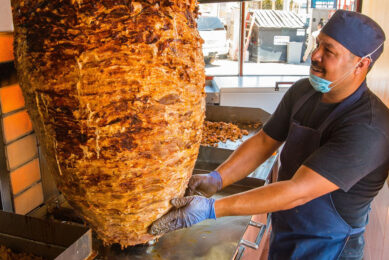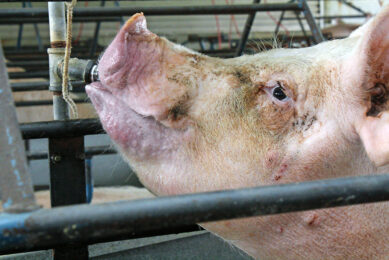Ag minister Vilsack asks House for help in Farm Bill
US agriculture secretary Tom Vilsack has urged Congress to act on a Farm Bill that would revive disaster assistance programmes for farmers experiencing this year’s drought.
Programmes authorised in the 2008 Farm Bill have expired and will not be renewed unless the House of Representatives approves a bill passed by the Senate. Vilsack asked the House to consider the bill, since it is abnormally dry in many states.
Vilsack said, “There is nothing more important to rural America and nothing more important to producers, farmers and ranchers in this country than action on this bill. There’s no greater need for this help and assistance than now, and there’s no excuse or reason why the House of Representatives cannot take this matter up.”
Iowa tour
Vilsack toured farms in Iowa over the weekend to assess the crop deterioration there.
Farmers in parts of Indiana and Illinois are reported to have seen their corn wither and die. Some have mowed over the corn and baled it for livestock feed. In Iowa, things are not that bad, but conditions worsen by the day as long as it doesn’t rain. Even better and more corn plants won’t be enough to save the harvest if the drought continues.
Livestock farmers in a number of states have already started selling off cattle because they have no hay or grass for grazing and the price for corn for feed has skyrocketed. Some programmes in the expired farm bill would have helped those ranchers, Vilsack said. For example, the 2008 bill provided $50 million to help livestock producers and others recover losses due to adverse weather.
Administrative measures
Vilsack announced new administrative measures to help drought-stricken farmers, including letting them use more land set aside for conservation programmes to get hay or graze.
Vilsack also said farmers will be allowed to sell hay from conservation acres, an unusual move permitted so farmers in areas with hay may sell it to those in areas without.
The USDA also has lowered the interest rate on emergency loans for farmers from 3.75% to 2.25% and is helping some refinance existing loans. Nearly 1,300 counties across 29 states are now designated as disaster areas, making farmers in those areas eligible for the low-interest emergency loans.
Related websites:
• United States Department of Agriculture (USDA)











